There is a story behind this aberrant behavior of the big cats in the Kumaon Region of Uttrakhand in India. It is a sordid saga of stark poverty, deadly epidemics, and constant famine. People died in thousands and with no resources to cremate properly the half-burnt bodies were thrown into the jungles. The rotting cadavers invited the big cats for an unwelcome feast. The terrible scourge lasted for a long time in India's tiger-infested region which now comprises many districts in the picturesque Himalayan Foothills.
For the locals, Corbett or "Carpet Sahib" was a demigod who whenever invited to get rid of the man-eaters obliged. He was a hunter by habit but in the latter part of his life, he turned into a conservationist and wildlife photographer. The tiger reserve and National Park is named after him for his love for India and service to the people. There is a museum in his honor at Kaladhungi in Nainital District near Corbett Tiger Reserve. Worth a visit, the museum is on the road between Nainital Township and the reserve.


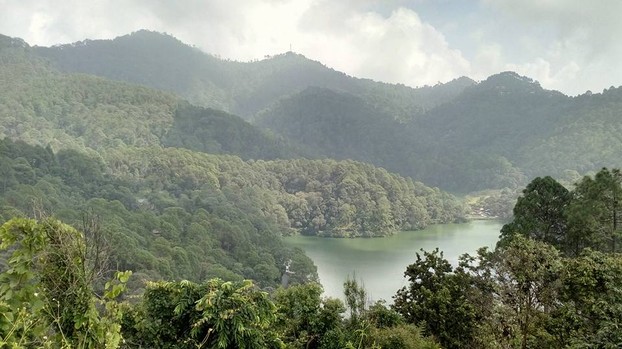
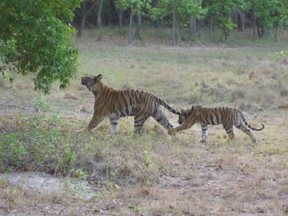 For the locals, two aspects turned him into a demigod. One was his ability and courage to shoot man-eating tigers and leopards on foot all alone in the deep confines of the dense Kumaon canopy. Another was his nature and if you have read his book "My India" you would appreciate his love for the locals his accomplices and the simple rural folks.
For the locals, two aspects turned him into a demigod. One was his ability and courage to shoot man-eating tigers and leopards on foot all alone in the deep confines of the dense Kumaon canopy. Another was his nature and if you have read his book "My India" you would appreciate his love for the locals his accomplices and the simple rural folks. 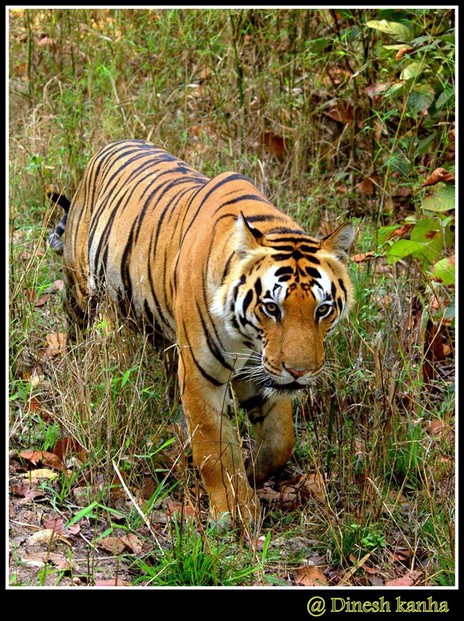
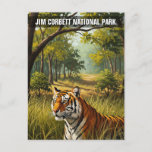


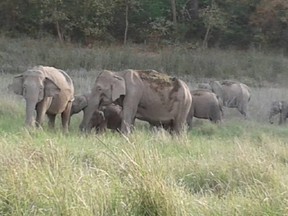 The tour generally begins with a couple of days spent at Pangot and Sat Tal on the higher ascent for Nainital Lake. After the bird-watching trip more is slated at Corbett National Park at a lower altitude. The drive through the verdant greenery of Kumaon forests is enchanting and exhilarating as well. The fresh clean air impregnated with the fragrance of the Sal forests is mesmerizing all through the drive of eighty kilometers to Ram Nagar with a small spread full of accommodations for tourists visiting the tiger reserve.
The tour generally begins with a couple of days spent at Pangot and Sat Tal on the higher ascent for Nainital Lake. After the bird-watching trip more is slated at Corbett National Park at a lower altitude. The drive through the verdant greenery of Kumaon forests is enchanting and exhilarating as well. The fresh clean air impregnated with the fragrance of the Sal forests is mesmerizing all through the drive of eighty kilometers to Ram Nagar with a small spread full of accommodations for tourists visiting the tiger reserve. 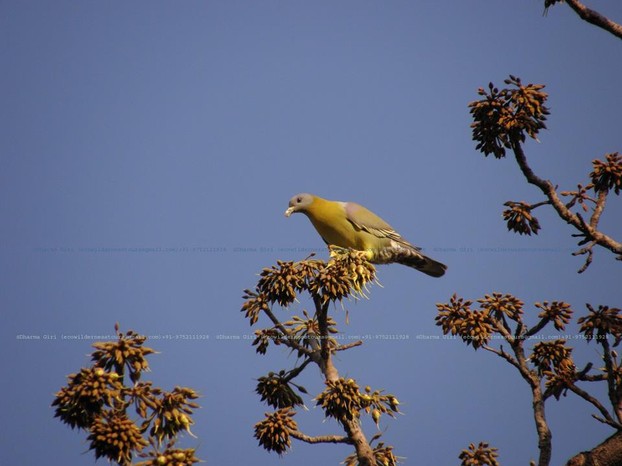
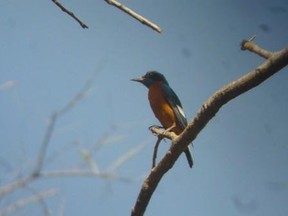 For bird enthusiasts, Corbett is spellbinding with more than six hundred species on the checklist. The huge number is due to altitude migrants from higher reaches of the Himalayas and the plains lower down. The migration is affected by the weather and I have seen a remarkable change in species taking place from new arrivals and departures. But a good number of species are residents and local migratory hence these are visible practically throughout the year.
For bird enthusiasts, Corbett is spellbinding with more than six hundred species on the checklist. The huge number is due to altitude migrants from higher reaches of the Himalayas and the plains lower down. The migration is affected by the weather and I have seen a remarkable change in species taking place from new arrivals and departures. But a good number of species are residents and local migratory hence these are visible practically throughout the year. 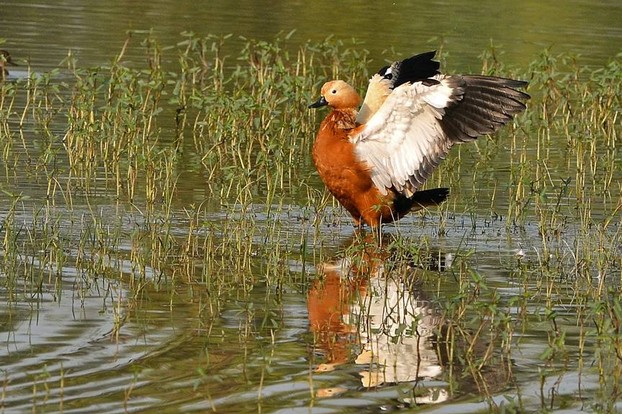
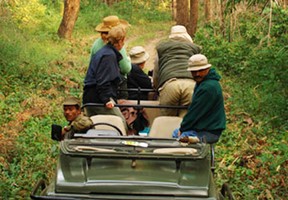 Although a major tourist attraction is the tigers a large number of tourists visit Corbett for bird watching and both when combined deliver infinite pleasure.
Although a major tourist attraction is the tigers a large number of tourists visit Corbett for bird watching and both when combined deliver infinite pleasure. 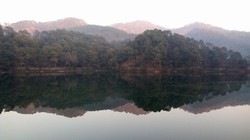

 Full Day Safari in Bandhavgarhon 08/29/2023
Full Day Safari in Bandhavgarhon 08/29/2023
 SEO Campaign: Website Overhaulon 02/13/2023
SEO Campaign: Website Overhaulon 02/13/2023
 Indian Food It Is Not All Curryon 02/08/2023
Indian Food It Is Not All Curryon 02/08/2023
 How Tiger Tourism is Organized in India?on 02/07/2023
How Tiger Tourism is Organized in India?on 02/07/2023
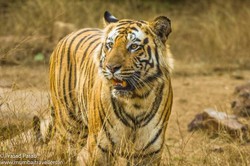
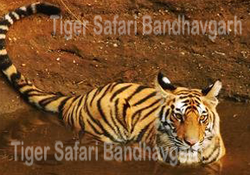
Comments
Yes it is most popular core zone of the park. In my opinion Dhikala is worth a stay but two days would be enough. The accommodation is basic and the food simple and clean. I would love go there again. Thanks!
pateluday, Thank you for the pictures and practicalities.
Is it great demand that limits Dhikala stayovers to two nights?
Thanks!
Great images, as usual.